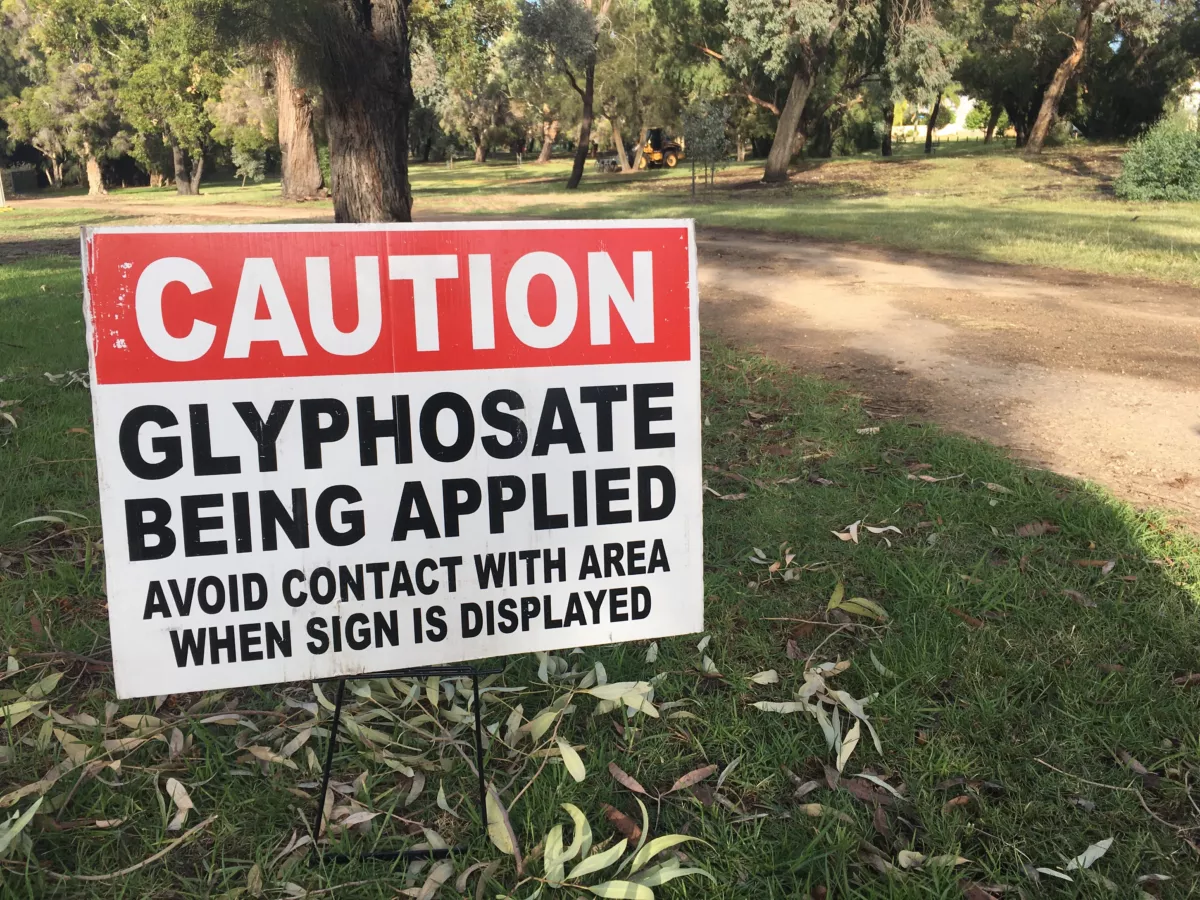GLYPHOSATE: Bane, Not Boon
By Bebe MacLean
In some Nova Scotia counties, there is growing concern about chemical toxicity and the ongoing activities that impact our environment and our lives.
In her book, Toxic Legacy: How the Weedkiller Glyphosate Is Destroying Our Health and the Environment, Stephanie Seneff, PhD, a senior research scientist and microbiologist at MIT, sheds light on the dangers associated with glyphosate.
What Is Glyphosate and Where Is It Found?
Glyphosate is the main ingredient and a major invasive chemical found in many ground applications for killing weeds and trees, including those used for crops, gardens, parks, and forests. There are many commercial products available under different names that rely on glyphosate as the primary active ingredient for their killing action. Some of the names of these products are: Roundup, Roundup Ultra, Aqua Neat, Accord, Touchdown, and Glyphos, among others. (p. 9)
Other names in use are Mad Dog and StartUP.
Don’t lose touch with uncensored news! Join our mailing list today.
A Brief History of Glyphosate
- Glyphosate was first patented by Monsanto in 1961 as a chelating agent to strip mineral deposits off pipes and boilers in commercial hot-water systems. (p. 9)
- In 1969, Monsanto’s patent for using glyphosate as an herbicide was awarded, granting the company exclusive rights to its use in agriculture. (p. 9)
- Then, in 2003, Monsanto patented glyphosate as an oral antibiotic.
Monsanto claims that glyphosate is metabolized by soil bacteria within a few weeks; however, science paints a different picture, finding that it can persist for up to 2 years. (p. 24, 25)
“The agrichemical industry has devised an expedient rule that three months is sufficient time to demonstrate toxicity.” (p. 16)
Meanwhile, in the late 1990s, Monsanto’s “Roundup Ready” GMO (Genetically Modified Organisms) crops survived spraying with glyphosate, which killed the weeds. This spraying resulted in the overgrowth of “superweeds” that had soon developed resistance to the spray; this, in turn, meant that much more glyphosate was sprayed to kill the “superweeds.” (p. 9, 10)
Another use of glyphosate is to desiccate non-glyphosate-resistant (non-GMO) crops shortly before harvesting, including the spraying of wheat, oats, and legume crops.
Note: Non-GMO does not mean glyphosate-free. (p. 11)
Damage Done to the Health of Plants, Animals, etc.
In recent decades, scientific research has enhanced our understanding of the effects of glyphosate. It’s important to note that government decisions to approve glyphosate for environmental use were based on studies conducted prior to the availability of this information. A review of the current legislation is necessary.
As a chelator, glyphosate binds to metals like zinc, cobalt, and magnesium, removing them from circulation, which makes them less available to the body. It can also bind to toxins such as aluminum and arsenic and transport them to areas of the body where they may cause illnesses. (p. 19)
In 2015, the World Health Organization declared glyphosate a probable carcinogen. (p. 21)
Disrupting a Microbial Pathway
Glyphosate disrupts the shikimate pathway in plants, which is a metabolic pathway that enables them to produce aromatic amino acids. These amino acids serve as precursors to proteins and vitamins—the list goes on. (p. 39)
Monsanto’s early claim was that the cells of the human body did not have the shikimate pathway, meaning that glyphosate was not a risk for humans. However, over the last two or three decades, it has become known that the microbial action in our digestive systems does use that pathway.
Uptake of nutrition significantly decreases when glyphosate kills beneficial microbes, allowing non-beneficial microbes in our gut to take over, which can lead to illnesses. (p. 39, 40)
Naming a Few Human Illnesses That Can Be Caused by Glyphosate
- Fungal infections result from an imbalance in soil organisms. (p. 26)
- There may be a link to cancer. (p. 21)
- Refer to the 2003 study on birth defects and endocrine systems.
- There are several links to disorders of the digestive system. (p. 41 and on)
- Also linked to neurosystemic illnesses (Chapter 9, p. 128).
Concerns Specific to Annapolis and Digby Counties and Clare
Glyphosate solutions are sprayed each year on woodlots in Nova Scotia for the purpose of killing the deciduous trees, which, in theory, removes competition and allows the softwood trees to grow faster.
There is a gap of several years between applications for any specific woodlot, but some spraying appears to be scheduled each year, somewhere. Owners must obtain approvals from the government of Nova Scotia prior to spraying, and the province is required to make announcements about the spraying so that the public is informed.
In 2024, it appeared that information was not easily accessible to private individuals, which indicated a neglect of official duties to make information readily available.
Many citizens want the spraying to stop because of the toxic chemicals and the harm they cause to other plant and animal life in the forests. Since spraying is not allowed when people are present, various groups occupy woodlots that are scheduled for spraying.
I am aware that in 2022, 2023, and 2024, there were groups of people who occupied woodlots in Annapolis County, Digby County, and Clare. In previous years, groups were active in other areas of the county.
There is a time frame from about mid-August to mid-September when the spraying will kill the deciduous trees but not the softwoods. The program entirely neglects to consider the poisoning of the water supply, wildlife, birds, plant life, and the organisms that inhabit the soil, making it fertile.
The shikimate pathway is common to much of the plant life, as well as the microorganisms in the soil and the animals. Could the poisoning of everything in the area, including the soil itself, be the reason why the growth of softwoods is less spectacular than anticipated?
By the way, it is not fun to sit in or near a woodlot and wonder if you’ll be sprayed with this concentrated toxin. The woods have been ravaged. They resemble a disaster zone, with a few little softwoods struggling to survive.
Is there really any profit for the woodlot owner in this scenario?
Who makes money from this work?
In light of this more recent research into the effects of glyphosate, concerned citizens need to call on local government to:
- Ensure that approvals for spraying in Nova Scotia are advertised well in advance each year, and in a manner that provides the public with easy access to the information.
- Declare a moratorium on the spraying of glyphosate and other toxic chemicals in woodlands across Annapolis and Digby Counties, as well as Clare, before August 2025.
- Take steps to implement a permanent ban on this spraying of woodlands.
- Collaborate with other counties in Nova Scotia to implement a permanent ban on the spraying of glyphosate and other toxic chemicals in woodlands across the province.
Explore More...











